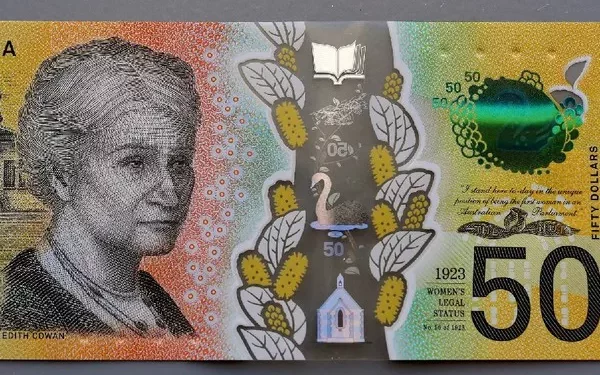In the realm of global finance, understanding currency exchange rates is paramount for individuals and businesses alike. With the increasing interconnectedness of economies, even seemingly small transactions, such as converting $10 AUD to USD, can have significant implications. In this comprehensive guide, we delve into the nuances of currency conversion, exploring the current exchange rate, factors influencing it, economic indicators, and offering financial advice along the way.
Current Exchange Rate:
As of the time of writing, the current exchange rate for Australian Dollar (AUD) to United States Dollar (USD) stands at approximately 0.66. This means that 1 AUD is equivalent to 0.66 USD. However, it’s essential to note that exchange rates are dynamic and subject to fluctuations due to various factors.
Conversion Calculation:
To convert $10 AUD to USD, one simply needs to multiply the amount in AUD by the current exchange rate. Using the aforementioned rate of 0.66, the calculation would be as follows:
$10 AUD * 0.66 = $6.60 USD
Therefore, $10 Australian Dollars is equivalent to $6.60 US Dollars at the current exchange rate.
Factors Influencing Exchange Rates:
Exchange rates are influenced by a myriad of factors, including:
Interest Rates: Higher interest rates in a country typically attract foreign capital, increasing demand for that country’s currency and driving up its value.
Economic Performance: Strong economic performance often leads to increased investor confidence and inflows of foreign investment, boosting demand for the country’s currency.
Political Stability: Political stability fosters investor confidence, while instability can lead to currency depreciation.
Speculation: Market speculation and sentiment play a significant role in short-term fluctuations in exchange rates.
Trade Balance: Countries with trade surpluses tend to have stronger currencies, as there is greater demand for their goods and services, leading to increased demand for their currency.
Central Bank Interventions: Central banks sometimes intervene in currency markets to stabilize or manipulate exchange rates.
Forecast and Trends:
Predicting future exchange rate movements is challenging and often subject to uncertainty. However, analysts and financial institutions employ various methods, including technical analysis, fundamental analysis, and econometric models, to forecast exchange rate trends. Currently, several factors could impact the AUD to USD exchange rate, including changes in interest rates by central banks, geopolitical events, and economic data releases.
Financial Advice:
When converting currencies, individuals should consider the following financial advice:
Timing: Monitor exchange rate movements and consider converting currencies when rates are favorable.
Costs: Be aware of transaction fees and exchange rate margins charged by banks and currency exchange services.
Hedging: For businesses or individuals with significant currency exposure, consider hedging strategies to mitigate exchange rate risk.
Diversification: Diversifying currency holdings can reduce exposure to fluctuations in a single currency.
Legal and Tax Implications:
Converting currencies may have legal and tax implications, particularly for businesses engaging in international trade or individuals living abroad. It’s essential to consult with legal and tax professionals to understand reporting requirements, tax obligations, and any regulatory considerations.
Economic Indicators:
Several economic indicators provide insight into the health of economies and can influence exchange rates, including:
Gross Domestic Product (GDP): GDP growth rates reflect the overall health and performance of an economy.
Inflation Rates: High inflation can erode the value of a currency, leading to depreciation.
Employment Data: Unemployment rates and labor market conditions impact consumer spending and economic growth.
Central Bank Policies: Monetary policy decisions, such as interest rate changes and quantitative easing programs, affect currency values.
Global Market Impact:
Exchange rate movements have far-reaching implications beyond individual transactions. They impact global trade, investment flows, inflation rates, and the competitiveness of economies. For example, a depreciating currency can boost a country’s exports but may also lead to higher import prices and inflation.
Conclusion:
In conclusion, the conversion of $10 AUD to USD exemplifies the complexities of currency exchange in the global economy. Understanding exchange rates, factors influencing them, and their broader economic implications is essential for individuals and businesses alike. By staying informed, exercising financial prudence, and seeking professional advice when necessary, individuals can navigate currency conversions effectively and mitigate associated risks.
Related Topics:



























